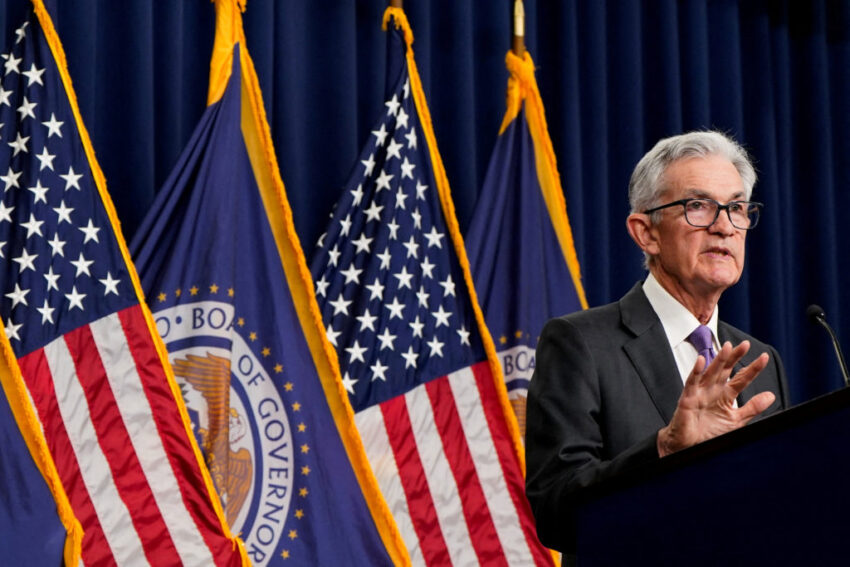The Federal Reserve lowered its target rate for its key lending rate by 0.5 percentage points, to the range of 4.75%–5%. The move was deemed “strong” by Fed Chair Jerome Powell, but it was necessary as price rises abated and concerns about the job market grew. US borrowers, who have been enduring the highest interest rates in over two decades, will find some respite from historical high rates.
The rate reduction on Wednesday was greater than most experts had anticipated even a week ago, and the bank’s projection suggested that rates may drop by another half percentage point before the year is up.
According to Jerome Powell, the head of the Federal Reserve, the bold move taken on Wednesday was meant to ensure that the US economy would not suffer from high borrowing costs that were implemented in an effort to combat inflation.
“The labor market is in a strong place; we want to keep it there,” Powell stated. “That’s what we’re doing.”
The Fed’s action, which was widely anticipated, comes after reductions by other central banks, such as those in Europe, the UK, and Canada.
However, there was considerable ambiguity before the meeting regarding the extent of the cut that would be approved by officials.
“Policy makers have chosen to stay ahead of the curve, even though there aren’t any major economic problems on the horizon,” stated Isaac Stell, an investment manager at Wealth Club, a UK investing firm.
“Many may be left wondering what the Fed sees on the horizon to prompt such a bold move.”
Beginning in 2022, the Fed hiked interest rates significantly in an effort to calm the market and stabilize prices, which were rising at their quickest rate since the 1980s.
The actions were designed to reduce expenditure and lessen price pressures. The public was affected by the changes, which resulted in higher mortgage rates, auto loans, and other debt.
However, as the rate of price increases, or inflation, has decreased, authorities are growing increasingly worried about the threats that high rates pose to the overall economy.
With hiring slowing, the US jobless rate increased to 4.2% from 3.7% at the beginning of the year.
According to projections made public following the conference, policymakers now anticipate that unemployment will rise above June levels and that inflation will decline more quickly. By the end of 2024, the jobless rate is predicted to reach 4.4%.
Mr Powell said the job market had been too hot last year, and he welcomed some cooling, but he denied that the Fed was worried about the start of a serious slowdown.
“I do not see anything in the economy right now that suggests that the likelihood… of a downturn is elevated,” he said.
According to the latest recent data from the Commerce Department, the US economy grew at an annual pace of 3% over the three months leading up to June. Additionally, retail spending has not faltered.
For the fifth consecutive month, inflation fell to 2.5% in August, bringing it closer to the Federal Reserve’s 2% target.
Michelle Bowman, a single Fed governor, abstained from the vote, marking the first instance of such disagreement since 2005.
The bank has a history of announcing interest rate reductions of 0.5 percentage points during emergency situations, like the start of the coronavirus pandemic or the 2008 financial crisis.
However, economist Randall Kroszner, a former governor of the Federal Reserve and professor at the University of Chicago’s Booth School of Business, stated that the statement on Wednesday was noteworthy not because of the amount of the drop but rather because it will begin a new phase of reduced borrowing prices.
“One quarter of a percentage point one way or another—that’s not going to break the US economy,” he stated.
“It’s really where they are headed both for the rest of the year, as well as in the intermediate and longer run.”
Since July 2023, the Federal Reserve has maintained a stable key rate, which it costs banks to borrow money.
Forecasts released by the Fed showed officials expect its key lending rate to drop to about 4.4% by the end of the year and 3.4% by the end of 2025. That is significantly lower than many were predicting as recently as June.
